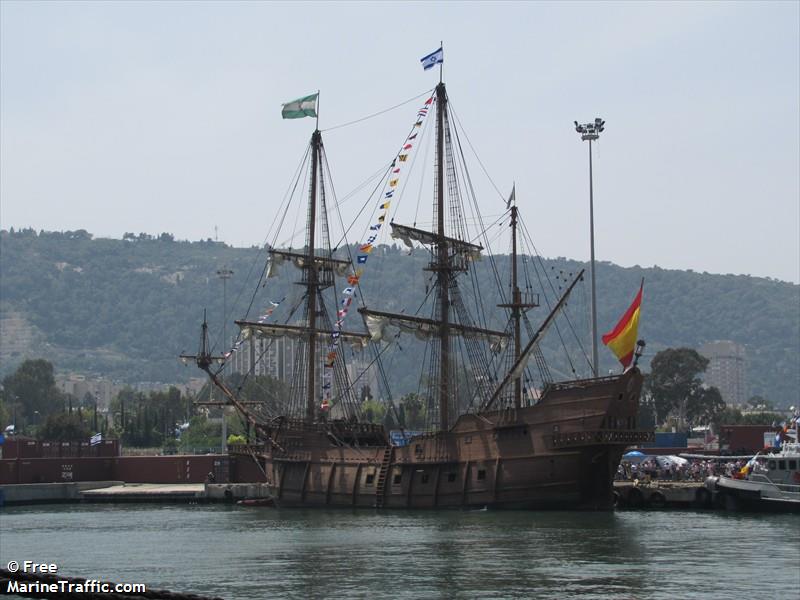Posted: July 26, 9:43 am | (permalink) | (0 comments)
 [photo: s/v Elysium heads toward a new horizon]
[photo: s/v Elysium heads toward a new horizon]
Earlier this month, I wrote about a visit from a couple of guys I had met online, Dave Dawson and Casey Langness, a filmmaker and his cameraman who were working on telling storiesof living aboard and sailing. While we were sitting around chatting one evening after the days interviews were done, Dave asked, “Um, you know, I’ve been thinking about how we got here … you didn’t know me, save for a few posts on the internet … and you invited Casey and me into your home and contributed time and energy to our project … how did you decide to take that risk? How did you know I wasn’t another Craigslist killer?”
I thought for a minute about how to articulate what I was thinking, because “intuition,” while true, isn’t a very informative answer. How did I decide Dave was on the level?The logical side of me did the logical things, I googled him and found a web presence consistent with the story he told about being a filmmaker from San Diego. I looked again at the comments he made in the web conversation where we met, and saw how he handled himself in conflict situations (calm and cool, didn’t escalate hostility). And most of all, he was looking for help doing something I believed in, something I wanted to contribute energy to. I saw that inviting a stranger into my home was a risk, but one that I had taken steps (research) to mitigate, and the remaining risk was a reasonable one to take in order to advance a goal that I shared – spreading the word about living aboard and sailing – and to have a new experience.
I’m lucky to have made a couple of new friends and learned new things, but it’s not just luck. You know the expression “put yourself in harm’s way?” Well, you can put yourself in luck’s way, too. Some kinds of luck don’t just happen … you have to put yourself out there, push yourself, expose yourself and get out of your comfort zone, to grow and have new adventures. Sailing provides so many examples of this, or could be a metaphor for other similar situations in life. The first time we sailed our little boat out of the bay and out of sight of land was scary – and if I hadn’t taken that risk and challenged that fear, I would never have had the experience of traveling to further lands. I could mitigate the risk by studying and preparing and making sure the boat was sound so that I wasn’t taking an unreasonable risk, but there was -- and will always be as with anything in life -- some risk. My first night passage was scary and felt risky too, but if I hadn’t taken that risk I would never have had the opportunity to have the truly spiritual experience of watching the sun rise over the ocean.
That’s the way it is in many ventures – whether in a small boat on a big ocean, or in everyday land-based life. As the old saying goes, to get the sweetest fruit, you have to go out on a limb.




 [photo: sunset at La Trappe Creek near Cambridge]
[photo: sunset at La Trappe Creek near Cambridge]










 [photo: sign on a piling in a marina on Back Creek]
[photo: sign on a piling in a marina on Back Creek]



 [photo: all our electronic "toys"]
[photo: all our electronic "toys"] [photo: what I miss - the haphazard serendipity of a marina book swap]
[photo: what I miss - the haphazard serendipity of a marina book swap]